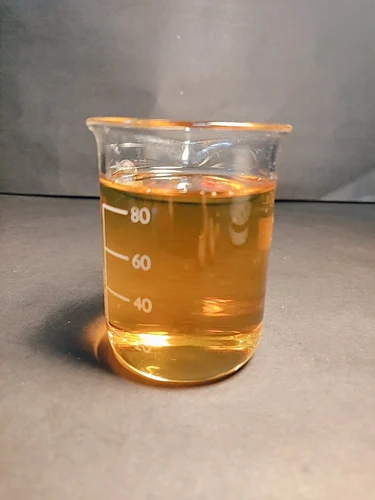Emulsifiers
What are Emulsifiers?
Emulsifiers are chemical agents that help in stabilizing mixtures of two or more immiscible liquids, such as oil and water. They are also known as emulgents or surfactants and play a key role in maintaining a uniform and consistent blend in various formulations.
Chemically, emulsifiers possess both hydrophilic (water-loving) and lipophilic (oil-loving) ends, which allow them to reduce surface tension between the two liquids. This makes it possible to form a stable emulsion where tiny droplets of one liquid are dispersed throughout the other.
Industrially, emulsifiers can be derived from both natural sources such as lecithin (from egg yolk or soy), or synthesized through chemical processes involving fatty acids, esters, and alcohols. They are available in various forms, including anionic, cationic, nonionic, and amphoteric types—each suited to specific applications.
Emulsifiers are crucial ingredients in the production of cosmetics, pharmaceuticals, food products, paints, coatings, agrochemicals, and industrial lubricants. In the food industry, they help maintain texture, extend shelf life, and improve the quality of processed foods such as margarine, ice cream, and baked goods. In personal care products, emulsifiers ensure smooth, spreadable creams and lotions by keeping oil and water components blended.
In addition, emulsifiers are used in asphalt, textile treatments, and polymer dispersions, where their stabilizing properties improve consistency and performance. Due to their surface-active nature, they are also used in cleaning agents and detergents.
While generally safe for industrial and consumer use, proper handling is recommended, especially with synthetic emulsifiers, to prevent skin or eye irritation upon direct contact.
USES AND APPLICATIONS
INDUSTRIES
Industries are using emulsifiers for:
- Food processing (texture improvement and shelf-life extension)
- Cosmetics and skincare formulations
- Pharmaceuticals (drug delivery and topical products)
- Paints and coatings (dispersion and stability)
- Agrochemicals (formulation of pesticides and herbicides)
- Asphalt and bitumen emulsions for road construction
- Textile processing
- Polymer and plastic manufacturing

